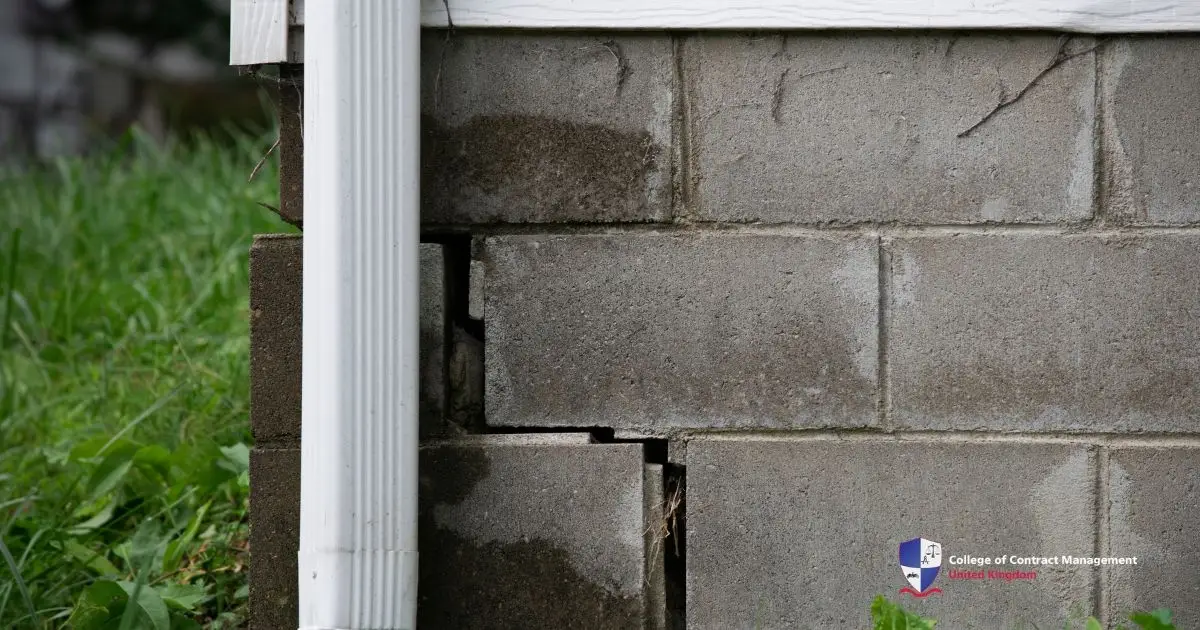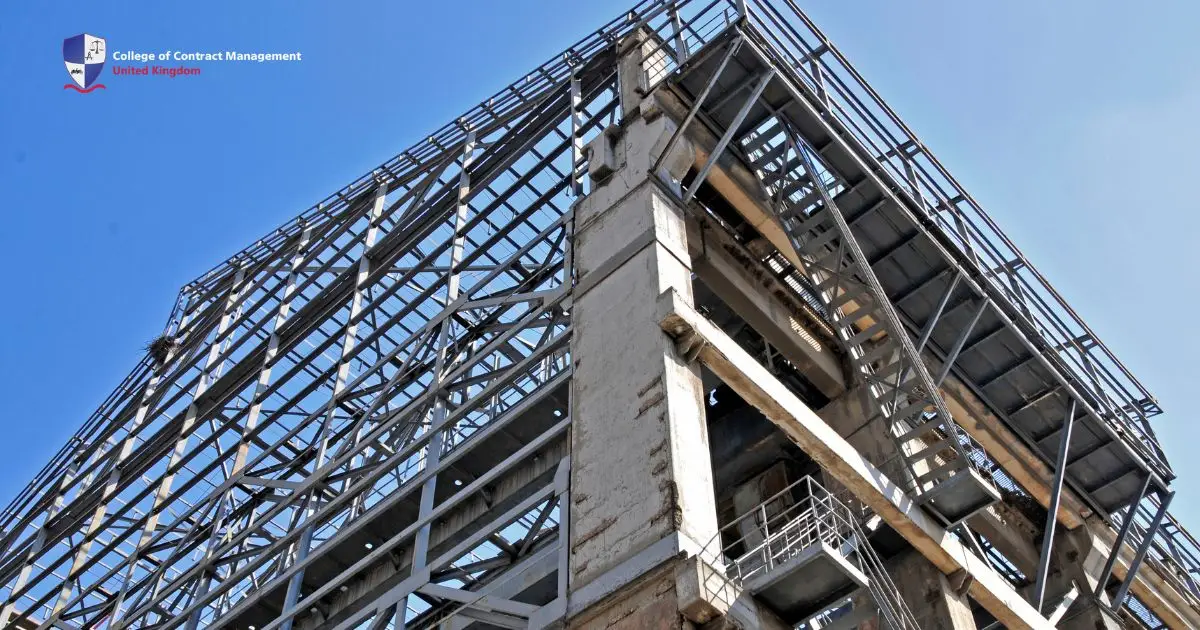A crack in the wall may seem small at first, but it could be shouting about a bigger problem under your feet. Foundation repair isn’t glamorous, but it’s essential. Your home depends on it. Leaving things too long can cost a fortune, so acting early is the best gift you can give your house.
Foundation repair doesn’t just protect your property value — it protects your family’s safety too. Houses settle naturally over time, but when foundations shift too much, serious structural issues creep in. Luckily, solutions for this today are smarter, faster, and far more affordable than most people think. It’s all about acting early.
What is foundation repair?
Foundation repair means fixing problems with the very structure that holds your house up. It tackles cracks, sinking, shifting, or uneven surfaces under your home. As a result, proper repair strengthens the entire building, keeping walls upright, doors level, and floors safe. Ignoring signs could turn small problems into massive, costly disasters down the line.
It becomes necessary when soil shifts, moisture changes, or structural design flaws affect the footing of your house. If caught early, simple methods like underpinning or resin injections can fix things beautifully. Leaving it? Well, it risks everything — from walls collapsing to full-blown subsidence ruining the home you’ve worked so hard for.
Warning signs you shouldn’t ignore
Sometimes foundation damage sneaks up on you. At first, it’s the little cracks around windows or stubborn doors that won’t close. But every sign deserves attention. Spotting issues early means cheaper, easier fixes. Foundation repair isn’t something to put off — it’s the difference between a quick job and a massive rebuild.
Signs you might need foundation repair:
- Cracks in walls or floors: Diagonal cracks are a major warning.
- Doors and windows sticking: Frame shifts can signal foundation problems.
- Uneven or sloping floors: Indicates sinking or settling foundations.
- Gaps between walls and ceilings: Big gaps often mean structural movement.
The earlier you spot these indications, the faster foundation repair experts can act. Fast action usually saves thousands in long-term costs. Even better, small fixes stop bigger subsidence issues from ever taking hold, meaning your home stays stronger, safer, and far more valuable over the years to come.
Methods used in foundation repair
There’s no single fix for every home. Different properties, soils, and damage types need different solutions. Foundation repair methods today are innovative and engineered to last. Whether it’s underpinning, pier systems, or foam injections, each technique focuses on restoring stability and lifting your home back where it belongs.
Common foundation repair techniques:
- Underpinning: Strengthening foundations with deeper footings or extra support.
- Helical piers: Metal screws installed deep into stable soil.
- Slabjacking: Raising sunken concrete with injected foam or grout.
- Resin injection: Stabilising soil and filling voids beneath foundations.
Choosing the right foundation repair method depends on the severity and cause of the problem. Professional surveyors often inspect soil conditions, moisture content, and the history of movement before recommending a plan. A good repair doesn’t just fix the visible symptoms — it also helps you make sure that your house is safe.
How foundation repair saves you money
It’s tempting to hope a little crack stays little. But as mentioned, small cracks often lead to big repairs later. Foundation repair is much cheaper when problems are caught immediately. Avoiding the issue can damage floors, plumbing, roofing, and entire structures. Acting now means smaller repairs, lower costs, and fewer insurance battles.
Real savings from early foundation repair:
- Protects structural integrity: Prevents full rebuilds or expensive remodelling.
- Avoids higher insurance premiums: Insurers charge more for damaged homes.
- Preserves property value: A strong foundation makes selling easier.
- Reduces future maintenance costs: Fix it once, not five times later.
Repair isn’t a luxury — it’s maintenance. Treating early cracks like emergencies actually saves you thousands down the line. It also protects your home’s resale value, helping you move or refinance with confidence someday. A small investment today genuinely protects your entire future homeownership journey.
Steps to take before hiring help
Choosing the right repair team is a big deal. You want people who know what they’re doing – real pros who get how British soil works, not random contractors who might disappear tomorrow. Take some time to do your homework: check their certifications, read up on them, and ask for clear quotes. A bit of effort now saves you a lot of stress later when the digging or fixing starts.
How to pick the right foundation repair experts:
- Check certifications: Look for structural engineering affiliations.
- Ask about insurance: Proper coverage protects both parties.
- Get references: Real customer stories matter more than ads.
- Demand full surveys: No quotes without professional inspections.
Foundation repair isn’t a guessing game — it’s precision work. Good companies walk you through the full process, explain solutions clearly, and offer solid warranties. You deserve experts who care about doing the job right, not just getting paid. Your home’s future literally depends on the skills of the people you hire.
Build a strong future with the College of Contract Management
If you’re passionate about homes, structures, and solid workmanship, training with the College of Contract Management could change your life. They offer online courses in Construction Management, Building Surveying, and Project Management, helping turn passion into real qualifications. Foundation repair is only the beginning — there’s so much more to build.
Learning professional surveying and construction skills opens huge doors. You’ll understand soil types, structural loads, risk management, and safety codes. Whether you dream of managing large repair projects, inspecting historic buildings, or running your own company someday, the College of Contract Management can help you lay foundations that last forever.





